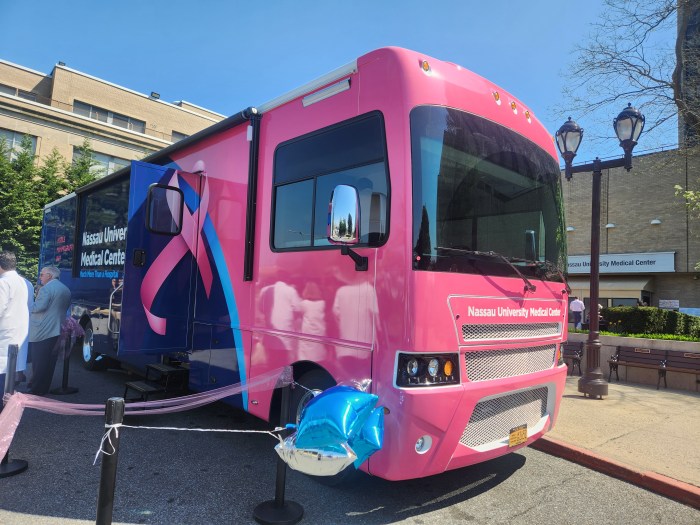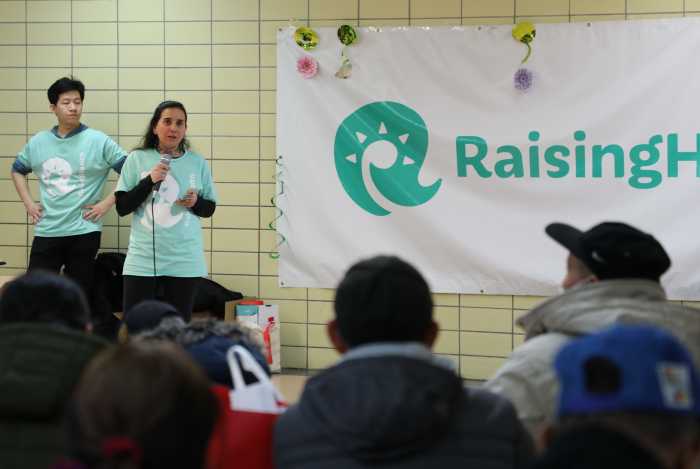More than half the patients getting wisdom teeth removed will leave the dental office clutching a prescription for a powerful opioid pain medication.
The surgery often comes with pain, so more than two-thirds of patients are prescribed opioids such as oxycodone or Vicodin. The likelihood for chronic opioid use, misuse or dependence meanwhile increases after the third day of use and rises rapidly thereafter, according to the U.S. Centers for Disease Control (CDC). Although sometimes necessary, these pain relievers come with a high risk of addiction.
Experts say dental surgery has statistically been a contributor to the opioid epidemic plaguing our nation, yet its role is often overlooked. Dental clinicians are a potential source of initial opioid exposure and abuse for adolescents and young adults.
“Dentists and patients are well served to consider alternative pain management strategies in connection to wisdom teeth removal, including rest and ice after the procedure and the use of over-the-counter pain medications,” says Dr. Ted Wong, Chief Dental Officer of UnitedHealthcare (UHC). “Recent studies have shown a combination of over-the-counter pain relievers, such as Tylenol® and Motrin®, can be just as effective as opioids, without the risk of addiction.”
According to Wong, UHC recently launched several new strategies to combat the opioid epidemic, which include: All first-time opioid prescriptions written by health professionals for UHC members age 19 and under are capped at three days and fewer than 50 morphine milligram equivalents per day, as recommended by the CDC; informational campaigns have been launched for dental health professionals, the public, and specifically dental plan participants on the risk of opioid misuse among adolescents; and parents are advised to raise questions about opioids prescribed for their children after wisdom teeth removal, including the use of alternative medications for managing pain.
Analysis by UHC officials found that oral health professionals write 12 percent of opioid prescriptions and 45 percent for adolescents — an age group especially vulnerable to addiction, according to Wong.
A study published in December by the Journal of the American Medical Association found that adolescents who get their first opioid prescription from a dentist or oral surgeon are at greater risk of falling victim to addiction.
More than 130 Americans die each day from opioid overdoses. Teens are especially at risk. This year, roughly 5 million people in America will have their wisdom teeth removed, including scores of young people in New York State.
Under the new campaign, all UnitedHealthcare dental plan participants with dependents ages 16 to 22 will be mailed information about the risks associated with opioids to help parents and young people identify pain management alternatives and strategies to manage the frequency of use, dosage and proper disposal of unused opioids.
Public Service Announcements airing on TV and radio help parents and health professionals understand the connection between oral health and the opioid epidemic.
UnitedHealthcare is also collaborating with health care providers to tailor ways to treat people who are addicted and to support long-term recovery.
“In addition, parents should be directly involved with dispensing the medication and keep close track of how much has been used and how many pills are left,” Wong says. “Following the procedure, parents can also help keep opioids in a safe place and help with proper disposal of unused medications. We know approximately 70 percent of misused opioid prescriptions were obtained, stolen or purchased from a friend or relative, according to the U.S. Department of Health and Human Services. That’s why it is important to keep opioids in a safe place, like a locked cabinet.”
So far, the UHC initiatives have met with some success.
Dental health professionals identified as among the top 10 percent of highest opioid prescribers in UnitedHealthcare’s network last year received information about their status. Prescribing patterns improved by 17 percent.
UHC is now expanding this campaign to the top 15 percent of the highest prescribers in its network.
Wong says that for acute pain following wisdom teeth removal, a three days’ supply or less is often all that is needed.
“If people are experiencing significant pain after that, it is likely a sign of a complication, such as an infection or dry socket, and a follow-up visit to a dental professional is the recommended next step rather than the use of additional opioids,” he says.
For help ending addiction to opioid pain relievers, call the Long Island Council on Alcoholism & Drug Dependence, Inc. at 631-979-1700.
































